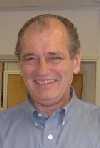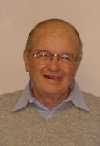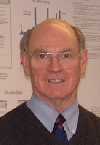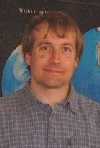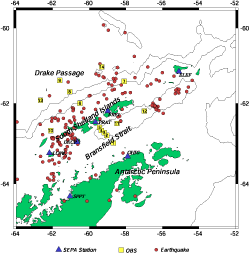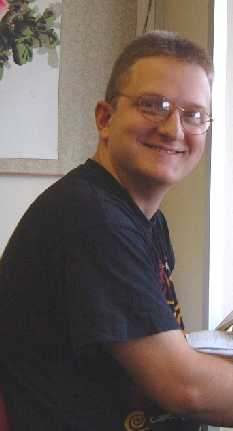New Seismologist at the ISC
Nurcan Meral Özel joined the ISC in August to help edit results from automatic processing in preparing the Bulletin. Editing had been shared by just Dmitry Storchak and Mamy Andrianirinna since January, when Melda Banganan returned to the Philippines. Regular change among the editors helps to fulfil the ISC's mandate to promote international exchange of seismological expertise.
While at the ISC, Nurcan is on leave from the
Kandilli Seismic Observatory and ERI, Bogazici University,
Istanbul. Nurcan started at Kandilli in 1984 and earned her MSc
there with a thesis on earthquake risk models. She has
comprehensive experience at Kandilli helping to prepare its
national seismic bulletin.
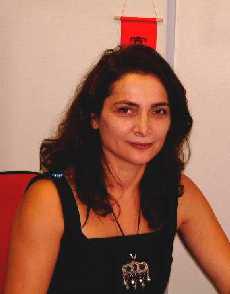
Kandilli Observatory had to make do without Nurcan once before, from 1991 to 1995, while she earned her PhD at the Univ. of Hokkaido with Prof. Hiroshi Okada. In collaboration with Takeo Moriya and Tsutomu Sasatani at Hokkaido, Nurcan used local and regional data to determine earthquake source mechanisms, and then to compute regional stress patterns.
After returning to Turkey, Nurcan joined in Kandilli Observatory's intensive work that followed major earthquakes in 1999 near Izmit and Düzce.
Nurcan says that she was attracted to the ISC by the opportunity to contribute to a Bulletin that is used by seismologists all around the world. All of us at the ISC hope that Nurcan's idealism survives the British weather, which she tells us is somewhat different to Turkey's.

